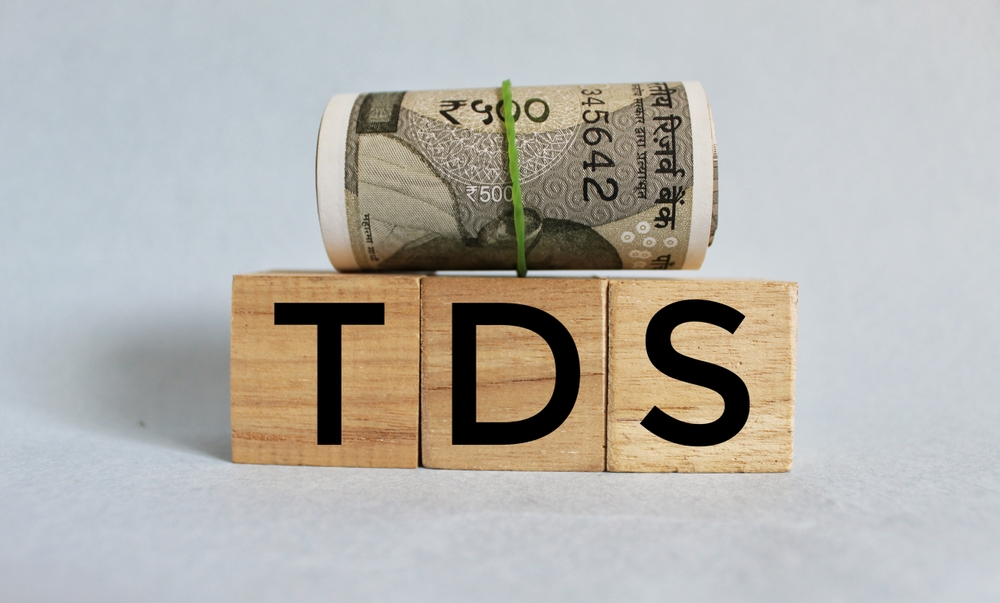Business Registration
- Private Limited Company Registration
- Public Limited Company Registration
- LLP Registration
- One Person Company Registration
- Partnership Firm Registration
- Sole Proprietorship Registration
- Indian Subsidiary Registration
- Nidhi Company Registration
- Producer Company Registration
- Startup India Registration
NGO
- Section 8 Company Registration
- Trust Registration
- NGO Registration
COMPLIANCES
- Annual Compliance of LLP
- Annual Compliance For Private Limited
- Nidhi Company Compliance
Change In Business
- Change In Directors
- Change in Registered Office
- Increase in Authorized Share Capital
- Winding Up of a Company
BIS & CDSCO
- BIS Certification
- BIS FMCS Certification
- BIS CRS Certification
- ISI Mark Certification
- CDSCO Registration
- Medical Device Registration
Government Registration
- Trademark Registration
- IEC Registration
- ESI Registration
- EPF Registration
- MSME Registration
- Shop and Establishment Registration
FSSAI
- FSSAI License
- FSSAI State License
- FSSAI Central License
- FPO Mark Certification
Environmental
- EPR Registration
- PRO Authorization
- Plastic Waste Authorization
- Environmental Clearance
- EPR Authorization E-Waste


